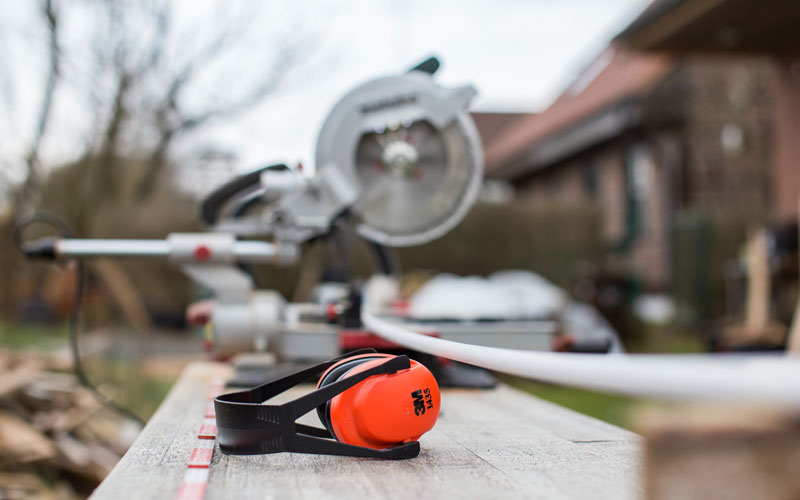
Crane forks for lifting loads, pallets and coils
Posted on January 13, 2024 at 11:44 am
Cranes can be used to lift a wide variety of loads, up to large capacities. However if loads are a different shape to usual, they can be tricky to balance and the move effectively. This is where crane forks come in; simple, readily available attachments that can be added onto the crane in order to lift less standard loads, such as pallets and coils. With crane forks being an add on, they can be attached and used as needed, before detaching them to use the crane with a standard hoist and sling to lift more compact loads.
Crane forks are particularly useful for lifting loads such as pallets and coils, where the centre of gravity is different and the load may be larger or wider than usual. Detachable forks make it easiest for loads like this to be lifted safely and conveniently, so that the crane operators will be safe and the loads will be unharmed during the process. There are, of course, other ways these types of loads can be moved (such as with a forklift truck or with coil grabbers), but if they need to be moved whilst using a crane, then this will be the best solution.
Types of crane forks – which one will be right for different types of lifts?
There are two types of crane forks: self balancing and manual balancing. They will essentially do the same thing, but setting them up is a little different.
As the name suggests, self balancing crane forks will balance themselves and will stay level no matter what load they are lifting, so they can be easier and more convenient to use. They will generally have adjustable widths and heights to make lifting easier and more customisable, which is important when lifting pallets and coils of different sizes and capacities. They might be used most frequently on sites, where they can be used by tower cranes, overhead cranes, and hoists.
Manual balancing crane forks have adjustable tines and are most frequently used to move rings or coils. This is because the tines can be pushed together to make sure the load can be easily and safely accommodated. This also means that they can be easily adjusted to accommodate pallets of different sizes where needed. In order to balance the forks effectively, the master link will need to be hooked into a notch, which is a manual process that needs to be completed by the crane operator. Many manual balancing crane forks will also come with a chain to help secure the load.
Safety first when choosing a suitable crane fork
Crane forks can be used to lift loads of all weights, sizes and shapes. It’s always advisable to check compatibility with particular cranes, which should be confirmed before crane forks are purchased. This ensures that they can be attached securely and safely, and subsequently used in a safe manner. Check all specifications and make sure the crane forks selected can be used with the cranes that are already on site.
Posted in News